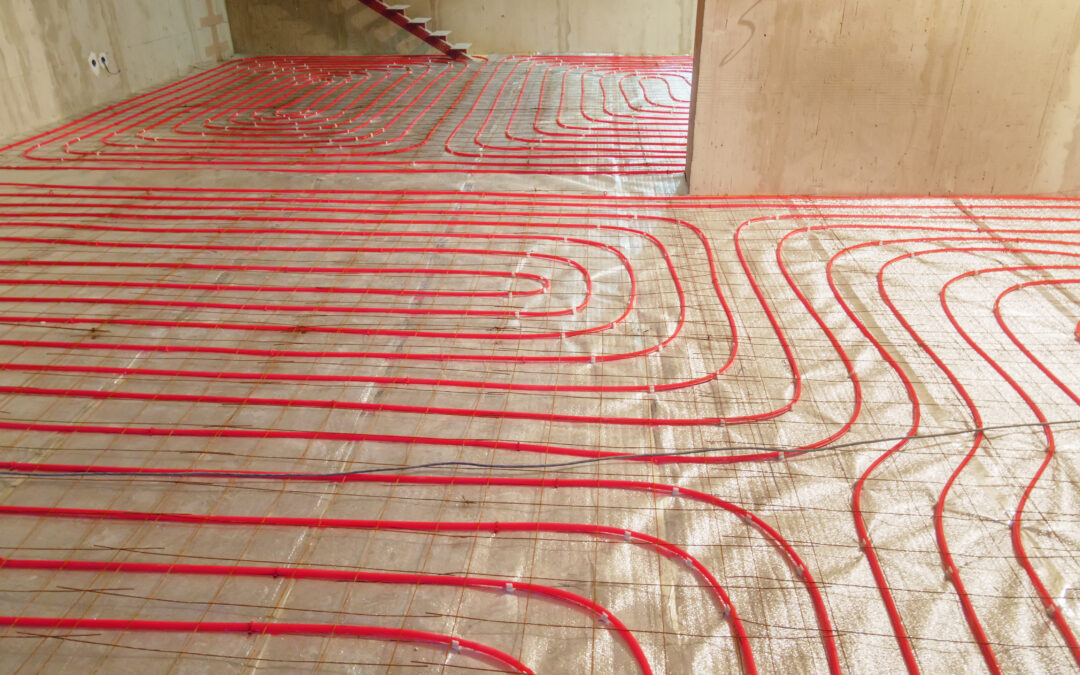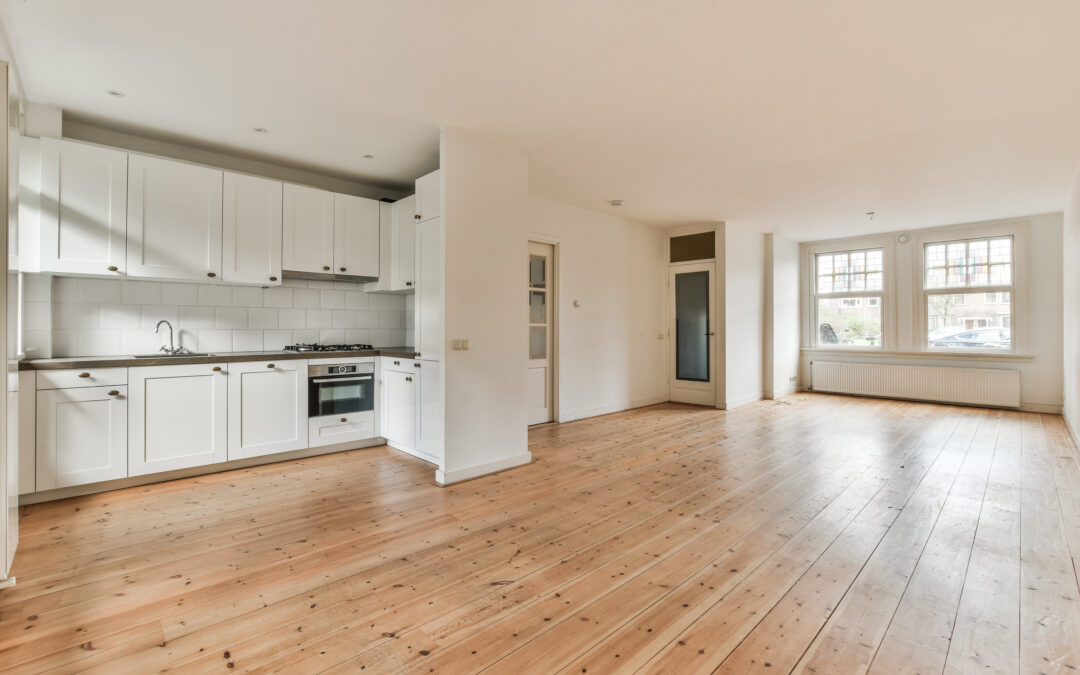Have you just bought a new floor, or are you replacing an existing floor? If so, it’s essential to choose the right underlay to go with your flooring. The right underlay provides thermal insulation, increases the comfort of the floor, and reduces the noise from footfalls.
We’ve gathered some commonly asked questions to help you determine the kind of underlay to use for laminate or wood flooring.
What is an Underlay?
The underlay (also called an underlayment) is a thin layer of material, such as fiber, felt, rubber, or foam. The thin layer helps cushion, absorb sound, insulate, and reduce the wear of your flooring.
In addition, the underlay provides a “vapor barrier” for laminate and wood flooring. It prevents moisture from coming through and damaging the floor. The underlay can also reduce noise.
What thickness and Spec Underlay Should You Use?
What is TOG of Underlay?
The quality of the underlay is measured by the TOG rating, which monitors thermal insulation and how effective it is. The higher the TOG rating, the better the level of insulation the underlay provides.
What’s a DPM?
If you have a concrete subfloor, you need a DPM. The DPM (damp-proof membrane) is placed under a concrete subfloor to keep moisture from traveling through the floor. New builds and homes built after the 1970s should have a DPM installed beneath the concrete.
Thickness
Many people believe that the thicker the underlay, the more comfort it offers. However, that’s always the case. There are several factors to consider when choosing the thickness of the underlay.
For instance, if you’re installing underfloor heating, this will impact the thickness of the underlay. If the underlay is too thick, the heat will not efficiently travel through the flooring.
The thickness of the underlay can also affect the joining mechanism of the floor. For instance, if you have a laminate floor, a foam underlay that’s more than 5mm thick will not be a good choice. The underlay may cause the click-fit system to un-click.
What Material Underlay Should You Use?
Foam Underlay
Foam underlay is the best choice for laminate and wood flooring. If you’re on a tight budget, foam underlay is usually more affordable, warm, and practical. This is also becoming more popular with laminate flooring as it adds more comfort.
Foam, also known as PU foam, is made from recycled scraps of foam, making this a sustainable option. It’s also great at dampening sound, so you won’t have to worry about those loose floorboards in the future.
If you have underfloor heating, it’s essential to choose the right thickness and TOG rating. If the foam has a high TOG rating, the heat from the underfloor system may be blocked from getting into the room.
In addition, if a foam underlay is thicker than 5mm, it may affect the joining mechanism of the flooring. This can make the flooring less stable or cause gaps.
Thermal Underlay
Thermal underlay is a great choice for laminate, vinyl, and engineered wood flooring. It’s also a great choice if you install underfloor heating. Not only does it keep the floor warmer long, but the thermal barrier keeps moisture from damaging your flooring and keeps your home free of damp.
Here, too, it’s best to choose a thermal underlay that has a low TOG rating. This will allow more heat to pass through the underlay and warm the room more effectively.
Fibreboard Underlay
Fibreboard underlay can be a great option for engineered wood and laminate flooring. This is the best choice for both types of flooring. It works to smooth uneven floors, reduces noise, and acts as a thermal barrier.
If the subfloor is uneven, fibreboard works to even dips and dents you can’t level out. It’s also necessary to add a DPM if you’re installing fibreboard on top of a concrete subfloor. This will keep moisture from warping the floor. Fibreboard can be laid loosely; however, it’s best to use joint tape to attach the boards to one another.
And it’s best not to use fibreboard in wet areas, such as the bathroom or kitchen. Water can damage the fibreboards and lead to warping, mold, and more.
Cork Underlay
Cork underlay is a good choice to use with tile or stone. It comes pre-attached with some luxury vinyl tiles. If dampening sound is important, then cork underlay can help. Cork underlay is also one of the most hygienic options available, as it prevents the growth of mold, bacteria, and mildew. It’s also an eco-friendly choice, and it works as a great insulator.
However, cork is not waterproof. So, we don’t recommend using cork underlay with laminate flooring in rooms that can become wet, such as the bathroom, kitchen, and more.
The best way to install cork underlay is to glue it directly to the subfloor. Cork is also a great choice for hardwood floors. And you can install cork under carpet, linoleum, stone, and tile flooring.
How to Prep the Subfloor for Underlay
The process starts by removing any nails, staples, or other objects that are in the subfloor. Next, clean the subfloor to make sure it’s free of paint, oil, grease, and other substances. And it’s a good idea to make sure the subfloor is level. After all, you don’t want the new floor to have dents.
Use a long level to check the subfloor. It must be level within 0.47 cm for every 3 metres. If the subfloor needs to be leveled, a cement compound or an epoxy self-leveler can be used.
Make sure the self-leveler has completely set before moving on to the next step.
Now it’s time to measure the thickness of the subfloor. The thicker the subfloor, the more stable it will be. The subfloor should be at least 2cm thick for best results.
Once these steps have been completed, it’s time to install the underlay!
Summing It Up
Choosing the right underlay for laminate and wood floors is essential. Remember, if the underlay is too thick, this can cause issues. If you have underfloor heating, an underlay that’s too thick won’t allow heat to come through into the room. In addition, it may also cause click-fit flooring not to fit together correctly.
With the right underlay, your floor will be more comfortable to walk on, quiet, and warmer, too!



